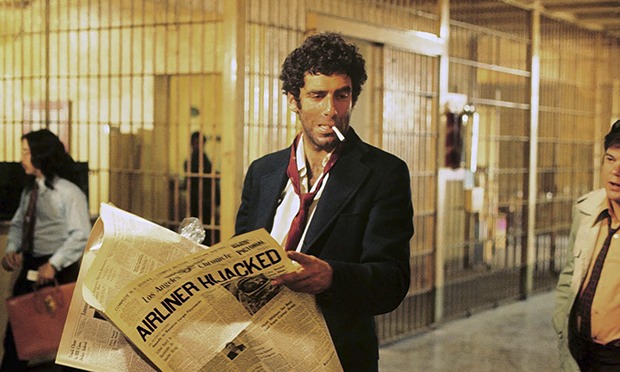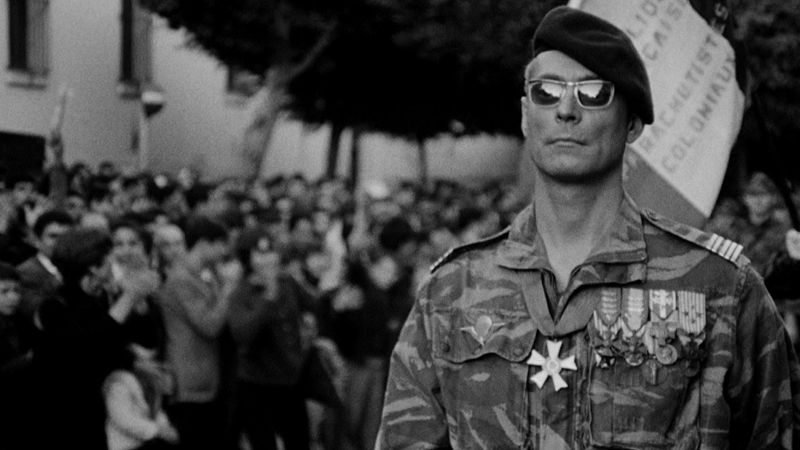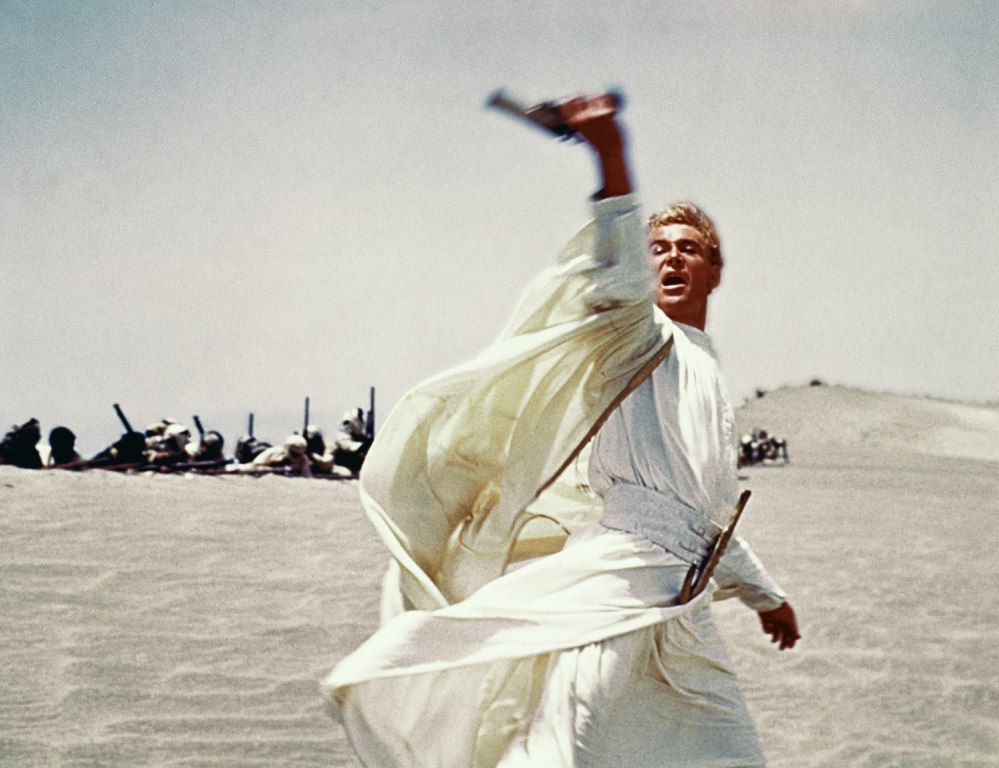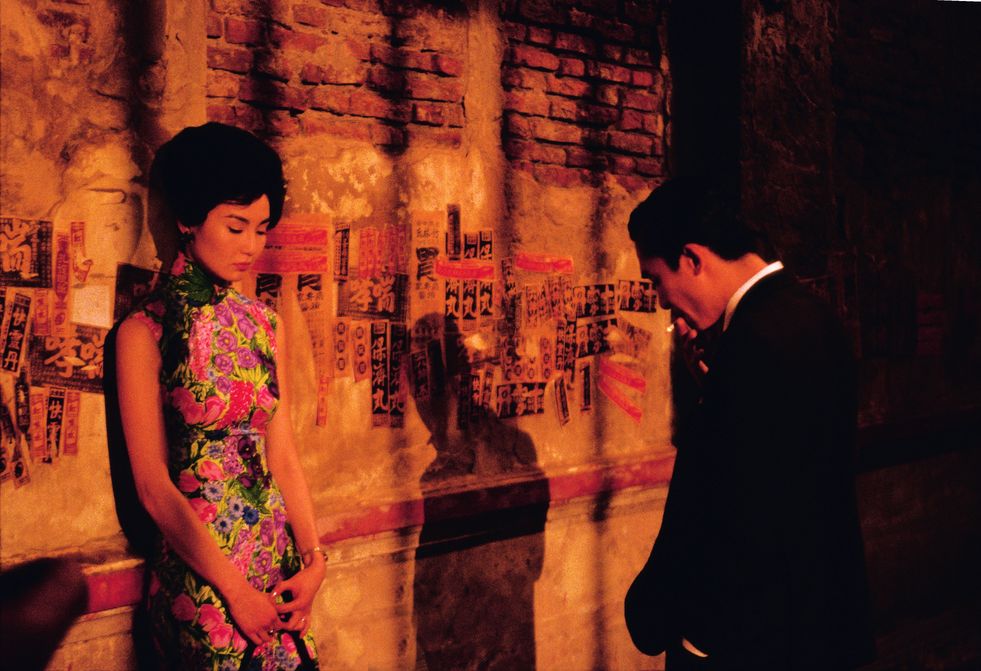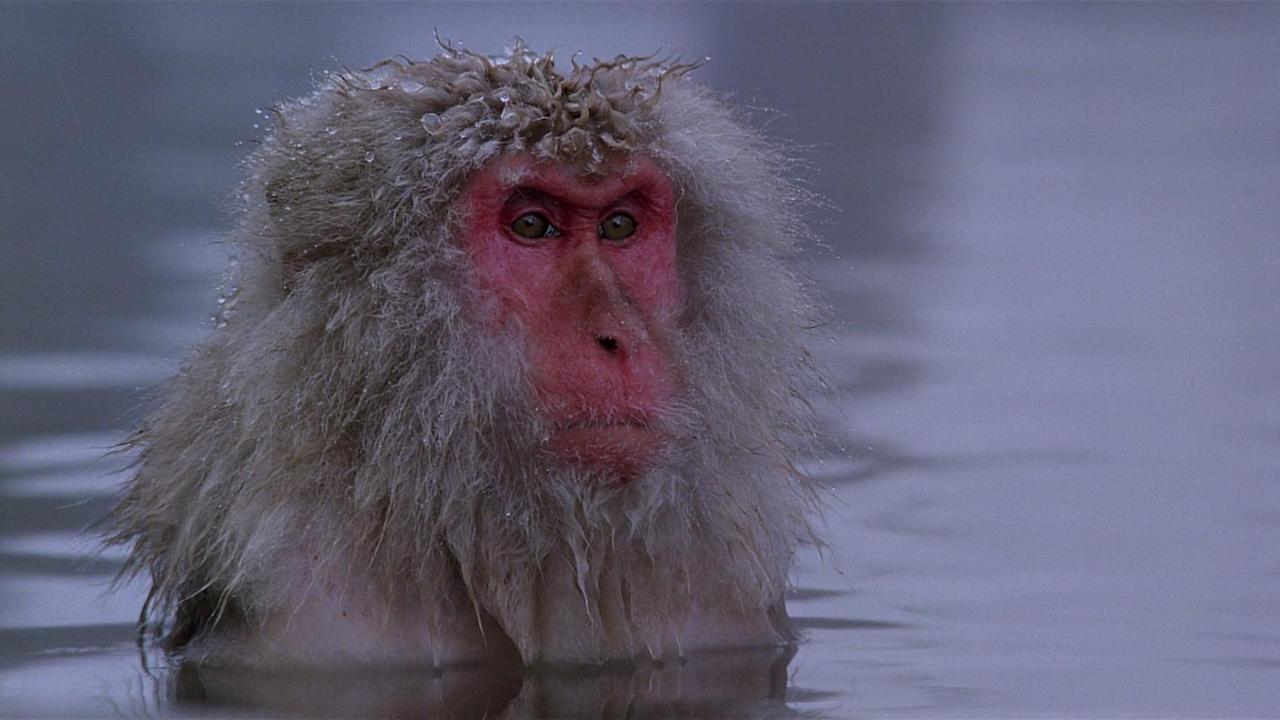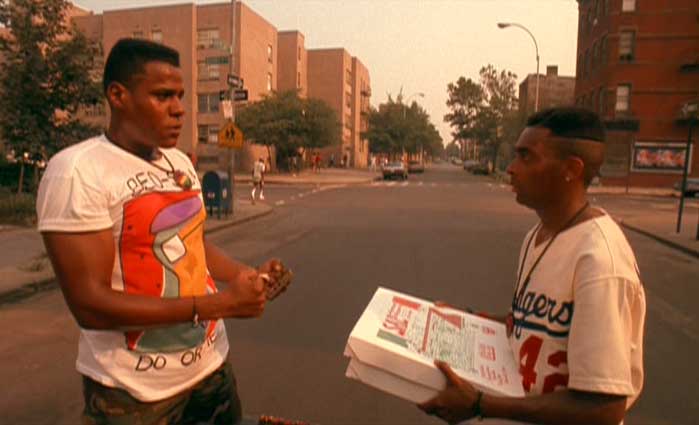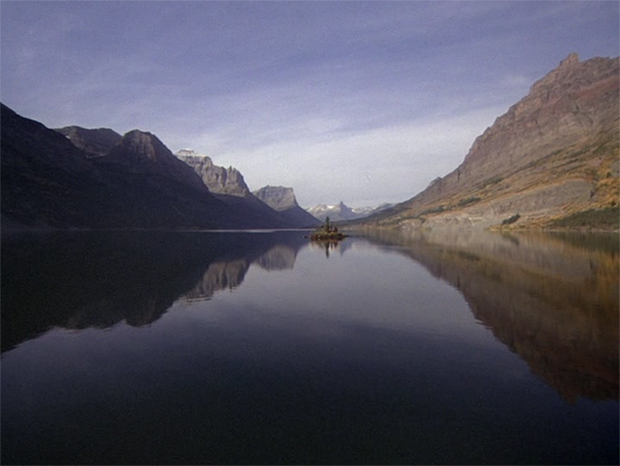20. Sátántangó (1994)
Directed by Béla Tarr
Cinematography by Gábor Medvigy
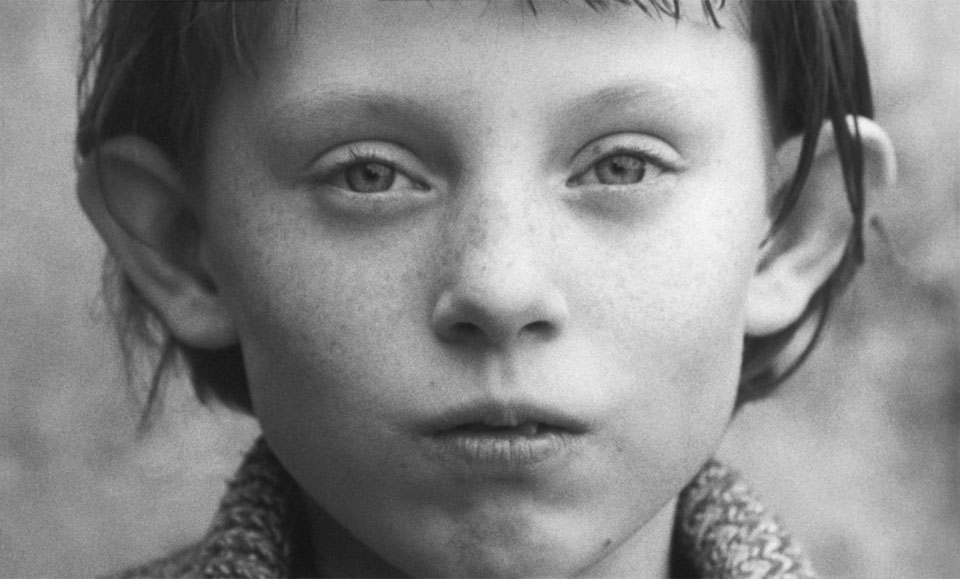
Watching “Sátántangó” is a cinema experience incomparable to anything else.
This arthouse drama/comedy/allegory set in post-communist Hungary contains various poetic, slow moving, long-lasting takes (around 150 for the total running time of 7 hours, according to the director himself), which resemble Tarkovsky’s philosophical works. That’s where the similarities really end though, since Tarr’s characters interact verbally with each other in a much more comedic and vivid way. Regarding its visual elements, the film is an ode to mud, and Gábor Medvigy proves that beauty can emerge out of anything.
19. The Long Goodbye (1973)
Directed by Robert Altman
Cinematography by Vilmos Zsigmond
With this neo-noir gem (based on Raymond Chandler’s eponymous novel), Altman created his own version of detective Marlowe; a laid-back figure of the 70s, still hooked on the moral codes of previous eras.
Regardless of the genre, all Altman films are highly cinematic (“McCabe & Mrs. Miller” had a smoke effect using fog filters, “The Player” had one of the most celebrated opening long shots in movie history) and instantly recognizable. For “The Long Goodbye”, Altman wanted to make the viewers feel like Peeping Toms, by challenging Vilmos Zsigmond to keep his camera constantly moving in every direction the action would take place (occasionally by mounting it to moving objects). He also utilized creative zooming to perfection.
18. The Battle Of Algiers (1966)
Directed by Gillo Pontecorvo
Cinematography by Marcello Gatti
Another film thematically and stylistically related to the Italian Neorealism movement, Gillo Pontecorvo’s historical drama feels almost like an urban guerilla warfare documentary.
The Italian producers’ insistence to show the events from a neutral perspective was the reason behind the decision to not accept the screenplay written by Saadi Yacef (whose book “Souvenirs de la Bataille d’Alger”, which he wrote while imprisoned by the French, was the basis for the movie’s plot), since it was considered too sympathetic to Algerian nationalism.
Pontecorvo and Salinas (the other co-writer) came up with a screenplay of their own, which together with Marcello Gatti’s tight frames, unsteady camera movement, and highly granular black-end-white cinematography were critical factors in the pursuance of reaching the desired newsreel feel.
17. Lawrence Of Arabia (1962)
Directed by David Lean
Cinematography by Freddie Young
To this date, “Lawrence of Arabia” still stands out as the “epic of all epics” (just a glimpse at the long-distance shots of the attack on Aqaba, or Lawrence’s guerilla war, is all the proof you will need), not only because of its apparent beauty, but also due to its grand aspiration as a work of art.
The desert scenes were shot on location in Jordan, Morocco and Andalusia (Spain), and they altogether constitute probably the finest colored representation of sand in the history of cinema. Night lighting, body shadows, and footprints on the sand never looked more enchanting than via Freddie Young’s “Super Panavision 70” camera.
16. In The Mood For Love (2000)
Directed by Wong Kar-wai
Cinematography by Christopher Doyle, & Mark Lee Ping Bin
A subtle but heartbreaking romance between two next-door neighbors who have to face loneliness due to the constant absence of their other halves, “In The Mood For Love” is one of the best movies to ever come out of Asia, and is Wong Kar-wai’s defining moment as an auteur.
The streets, outdoor stairs, buildings, and costumes offer a convincing rendition of Hong Kong in the 60s, while the pairing of magical night lighting with slow motion, plus the numerous voyeur-like point of view shots following the two main stars, elevate the film’s visual quality to unparalleled aesthetic standards. The film also had a big impact on Sofia Coppola’s “Lost In Translation”.
15. Baraka (1992)
Directed by Ron Fricke
Cinematography by Ron Fricke
Reversing Roger Ebert’s quote (“if man sends another Voyager to the distant stars and it can carry only one film on board, that film might be Baraka”), one could say that this is the documentary that an extra-terrestrial filmmaker would make about humans, and life on Earth in general.
Using slow-motion and time-lapse photography in an even more impressive way than Godfrey Reggio’s “Koyaanisqatsi”, cinematographer Ron Fricke (who was behind the camera in both films) made his own non-narrative artistic statement; an extraordinary universal showcase of nature, life, war and technology.
14. Do The Right Thing (1989)
Directed by Spike Lee
Cinematography by Ernest Dickerson
Spike Lee’s classic neighborhood ethography is one of the most significant American movies of all time. This is a go-to film for the generations to come in terms of style, since that there are small touches of artistic spice in almost every frame, but without ever promoting style over substance.
The movie’s main theme is the racial tensions arising on the hottest day of the summer. Lee uses his characteristic rapid camera pans which end up on a close-up, to introduce some of the main characters’ opinions on certain cultural and race matters, as well as warm colors, dolly shots, and “Dutch angle” shots (paired with some powerful hip-hop music and dancing) to portray the several micro-conflicts happening between various members of the community. All those will eventually lead to the big tragic event of the night.
13. The Shining (1980)
Directed by Stanley Kubrick
Cinematography by John Alcott
One of the most prominent examples of cinematic horror, “The Shining” is further proof of Stanley Kubrick’s versatility and genius. The actors’ performances certainly stand out, but it is the director’s peculiar striving for inhuman perfection that takes over once more.
The opening aerial shots are essential for delivering the large scale of the movie, but the most memorable scenes are those elaborating Kubrick’s typical symmetrical tracking shots with a single horizon point, which were shot using the new (for the time) Steadicam stabilizer mount. The sounds heard during Jack’s son’s ride through the different halls of the hotel create a masterfully creepy scene for the ages.
12. Children Of Men (2006)
Directed by Alfonso Cuarón
Cinematography by Emmanuel Lubezki
Based on the novel of the same name, “Children Of Men” is a dystopian science fiction thriller that contains some of the most riveting and realistic action footage you will ever see, yet it manages to stay true to the story’s hopeful humanistic nature.
The newsreel-like style was achieved by the frequent use of contemporary cultural references throughout the film, while the various raw action long takes became reality through the use of a newly invented camera rig. A detailed blending of those takes in post-production permitted the director to preserve the desired continuity on each of these complex scenes, achieving a perfect illusion of a fluid single-shot sequence each time.
11. The French Connection (1971)
Directed by William Friedkin
Cinematography by Owen Roizman
Arguably the most realistic cop movie of all time, “The French Connection” is based on the proceedings of real-life NYPD narcotics detectives Eddie Egan and Sonny Grosso (who were both present behind the camera during the film’s production).
Being influenced by Costa-Gavras’s political thriller “Z”, Friedkin decided to shoot the film in a documentary-like fashion, using hand held cameras, New York City locales instead of sets (where people follow their everyday routine, unaware of the fact they are being filmed), and actual traffic jams set up with the help of some friends and off-duty officers (the old-school way!).
As for the famous speedy car chase, it was the icing on the cake and one of the most monumental action sequences ever filmed; believe it or not, Gene Hackman did the driving himself, without taking any preventative measures first.
